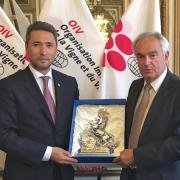
Boasting an age-old winemaking tradition, the country wishes to boost its vine and wine sector, particularly in the context of the strategic plan for agriculture, developed by President Nursultan Nazarbayev, that aims to position Kazakhstan as a global player in the field of organic production.
As Jean-Marie Aurand pointed out, “After the accession of Azerbaijan, Armenia and Uzbekistan, the addition of Kazakhstan would complete the positioning of central Asia within the viticultural countries of the OIV, demonstrating the revitalization of these traditional wine- and grape-producing areas, as well as the emergence of market demand for quality products that meet international standards.”
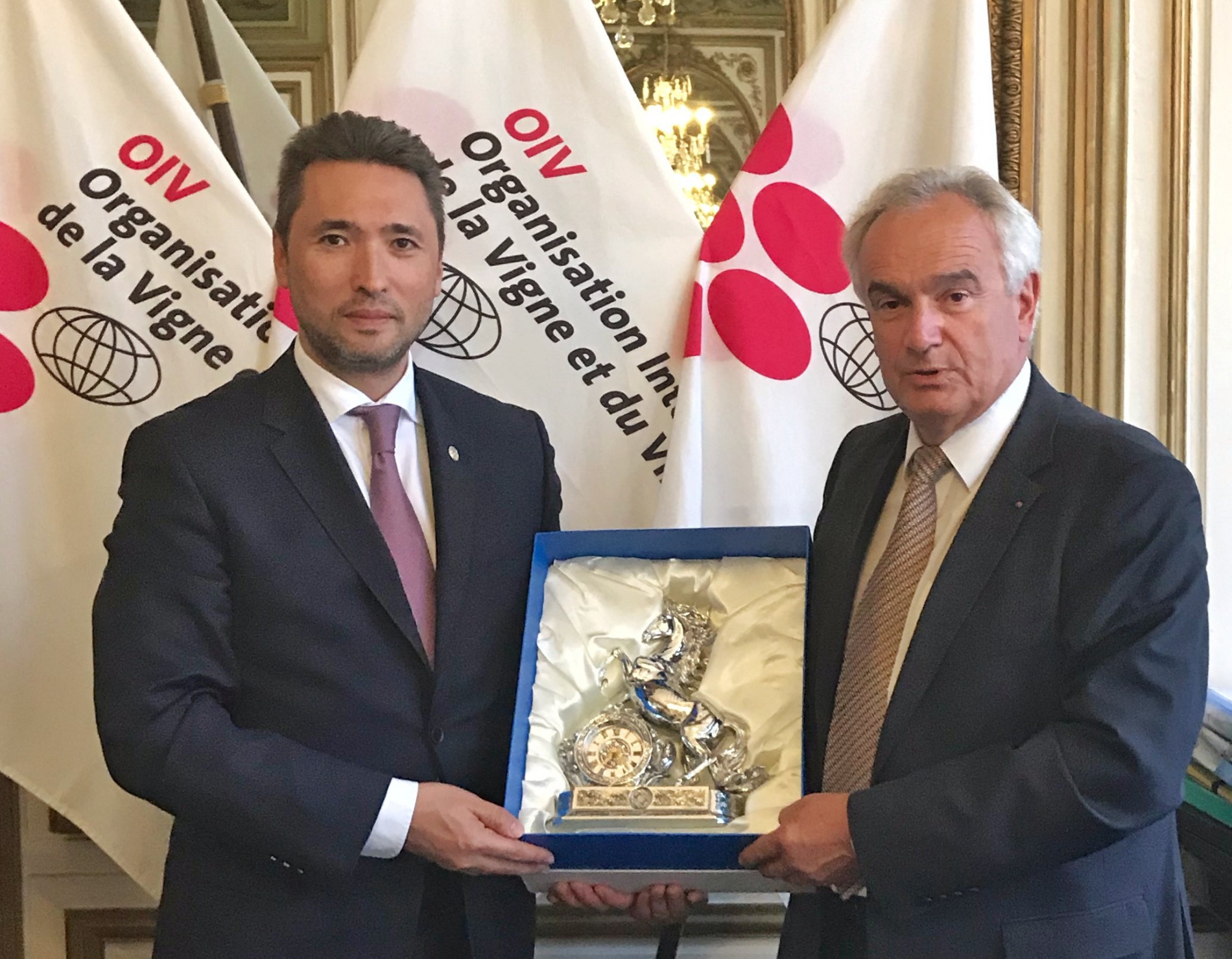
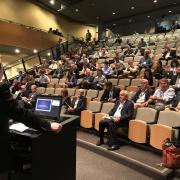
The 36th International IWLA Conference focused on the challenges of climate change
Organised around this theme, the 36th International Wine Law Association (IWLA) Conference has brought together in Napa 150 legal professionals from around the world in order to gain understanding of the legal consequences of these issues.
On 1-3 October 2018, the IWLA held its international conference in Napa (USA), covering the necessary development of wine law particularly in the face of the challenges of climate change. During the opening of the two sessions devoted to these issues, the OIV Director General took the opportunity to reiterate how this topic has become a priority among the strategic axes developed by the OIV. These axes are established in order to consider the environmental, societal and economic objectives of the industry, and form part of a holistic approach seeking to ensure the sustainability of the vitivinicultural sector.
The communications and discussions surrounding this theme, which was chosen by the Californian hosts of the Conference, were very valuable. In particular, speeches from academics from Stanford and Berkeley and from professionals provided better understanding of initiatives implemented by companies in the sector with their societal and environmental responsibilities in mind, taking as examples the Champagne sector in France or E. & J. Gallo in California.
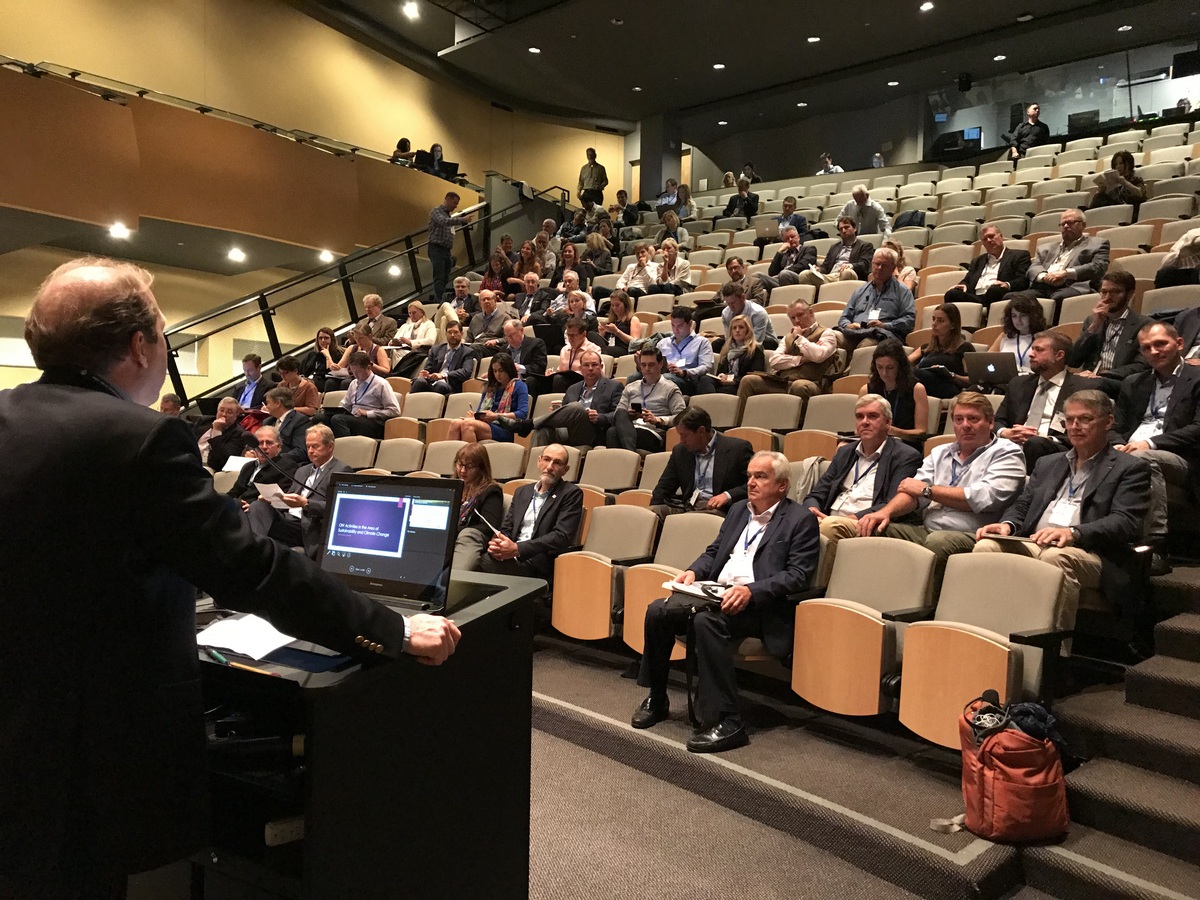
Wine civilisation and its responsible consumption by Ernest Gallo
During this visit, Jean-Marie Aurand travelled to Modesto (USA) where he visited Gallo’s headquarters and imposing installations, and met with Ernest Gallo. It was an opportunity to commemorate the 25th anniversary of the declaration made by his grandfather Ernest Gallo during the OIV Assembly in San Francisco in 1993, which had the aim of promoting wine civilisation and its responsible consumption and enabled the founding of the “Wine and Health” Commission within the OIV thanks to USA support.
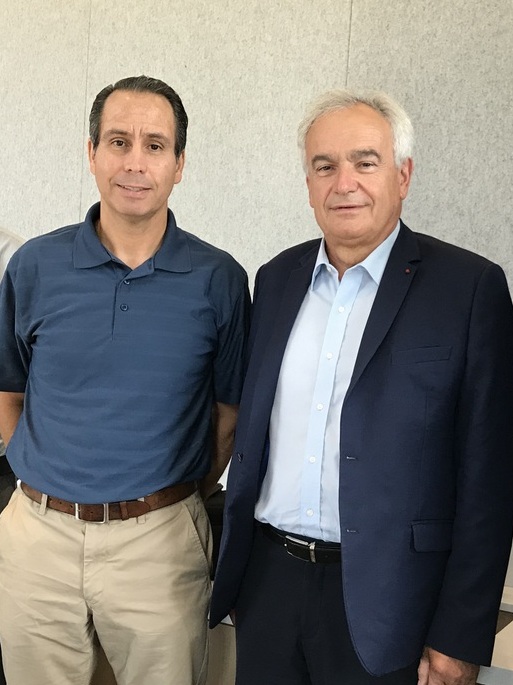
The implementation of analytical standards developed by the OIV
The OIV Director General was also able to see the importance and the implementation of analytical standards developed by the OIV during a visit to ETS Laboratories. ETS founder Gordon Burns presented the microbiological analysis unit, which allows for early detection of the risks of contamination by undesirable bacteria, yeasts or spores.
Meeting with students in the sector
This visit was also an opportunity to present, at CAL POLY (the California Polytechnic State University), the major economic trends and issues of the sector. During these exchanges with the students and the head of the Wine and Viticulture department, Dr Benoît Lecat, Jean-Marie Aurand spoke at length on the social and societal environment that influences the vitivinicultural sector and the need to ensure adequate training for those that will lead the sector in the years to come.
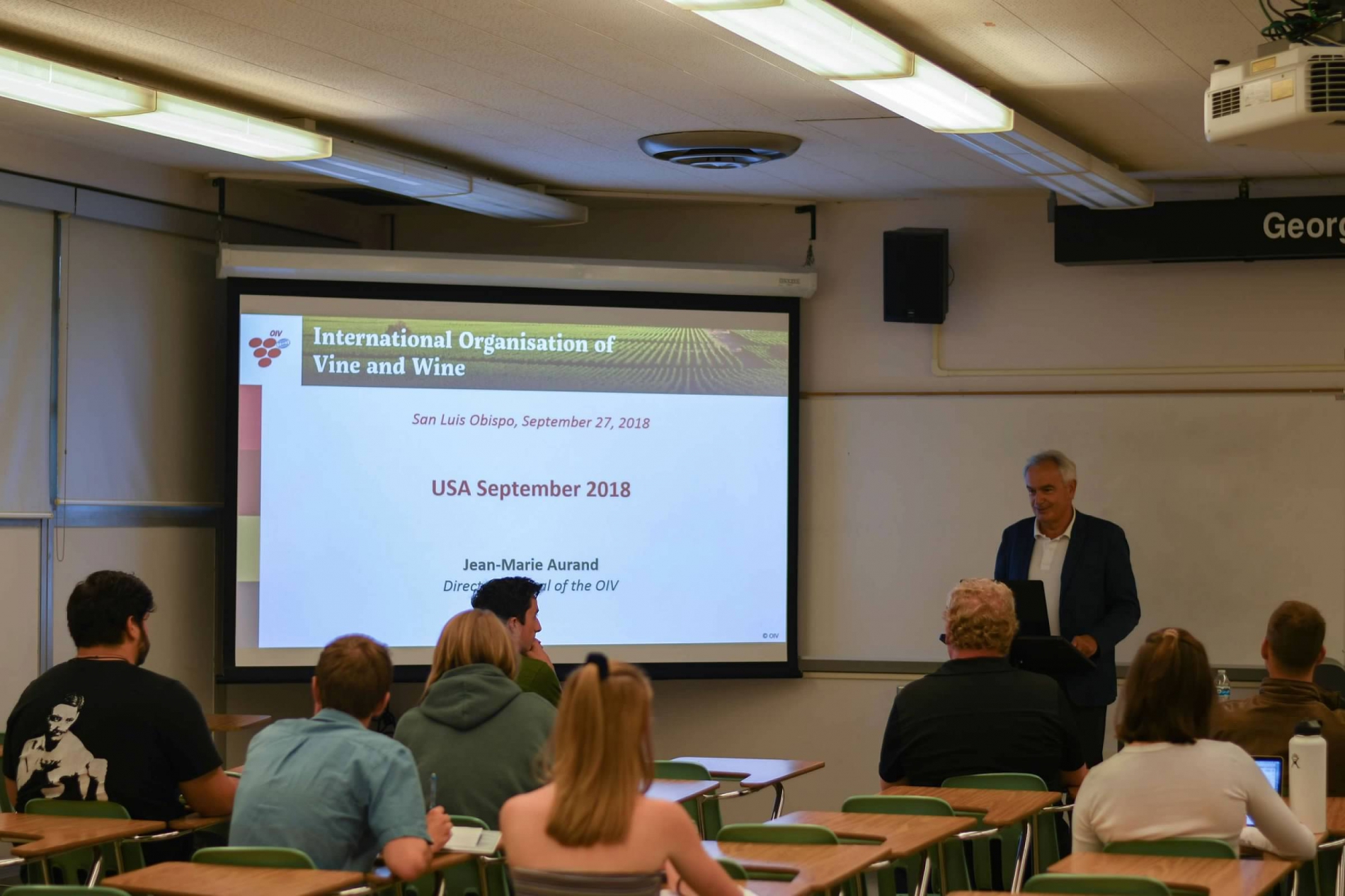

Launched in 2008, the Wine in Moderation programme was an essential step for the vitiviniculture sector. For the first time, all relevant players in the European vitiviniculture sector came together to design a complete programme with the aim of promoting responsible, moderate wine consumption.
The mission of WIM is to offer a common frame of reference which unites all actors in the international wine value chain and which encourages them to contribute to the fight against harm linked to excessive alcohol consumption.
After 10 years of existence, the managers of WIM wished on the occasion of this celebration to put together an overview of completed initiatives and above all to reflect on the strategies which Wine in Moderation could undertake in the future. More than 50 participants from the professional sphere, scientists, and representatives from the vitiviniculture sector participated in these two days, marking the beginning of a deeper strategic, reflective and prospective project.
The Director General of the OIV, Jean-Marie Aurand, accompanied by the Vice-President of the OIV Monika Christmann and the OIV’s Scientific Coordinator Jean-Claude Ruf, emphasized the importance of the role and the contributions of the Wine in Moderation-Art de Vivre programme in promoting social responsibility within the vitiviniculture sector and was also very pleased with what WIM has brought to the table through its participation as an OIV observer since 2015.
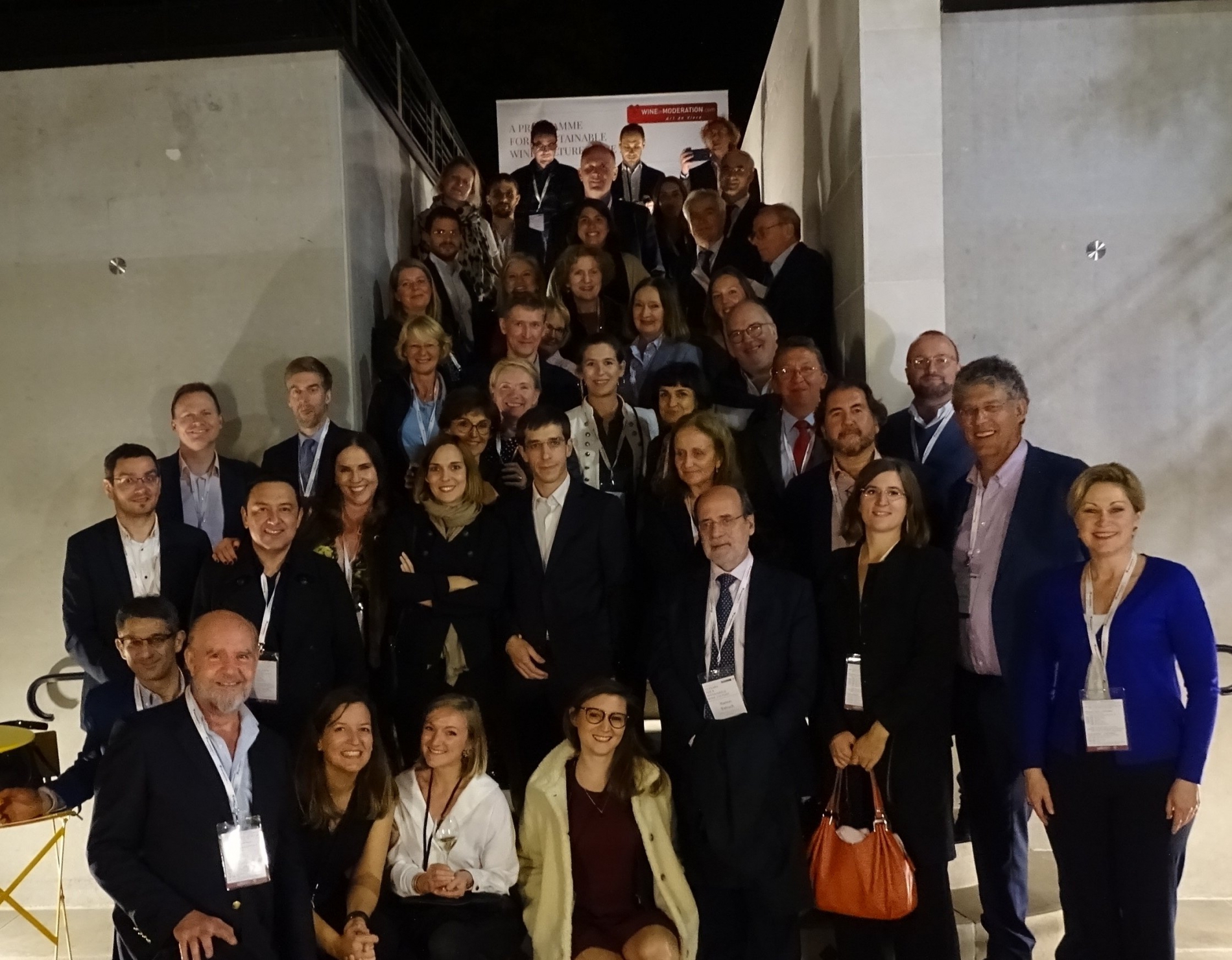
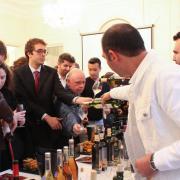
Since Azerbaijan joined the OIV in 2013, the relationship between this country with an ancient viticulture tradition and the OIV has been strengthened at the highest level. As part of this, the Organisation's Director General received the Azerbaijan Minister for Agriculture, who headed a delegation of producers who had come to present their wines to the press and to professionals from the sector.

Jean-Marie Aurand was delighted by the cooperation between Azerbaijan and the OIV. The Director General emphasised that the OIV was interested in expanding its cooperation with Azerbaijan and in technical and scientific exchanges with Azerbaijani experts at OIV meetings.
“The development of the vitivinicultural sector is one of our primary objectives. The President of Azerbaijan Ilham Aliyev grants a particular importance to this field. A State programme for the development of viticulture has been implemented in Azerbaijan”, Mr Inam Karimov, the Azerbaijani Minister for Agriculture, announced during his conversation with the Director General of the OIV.
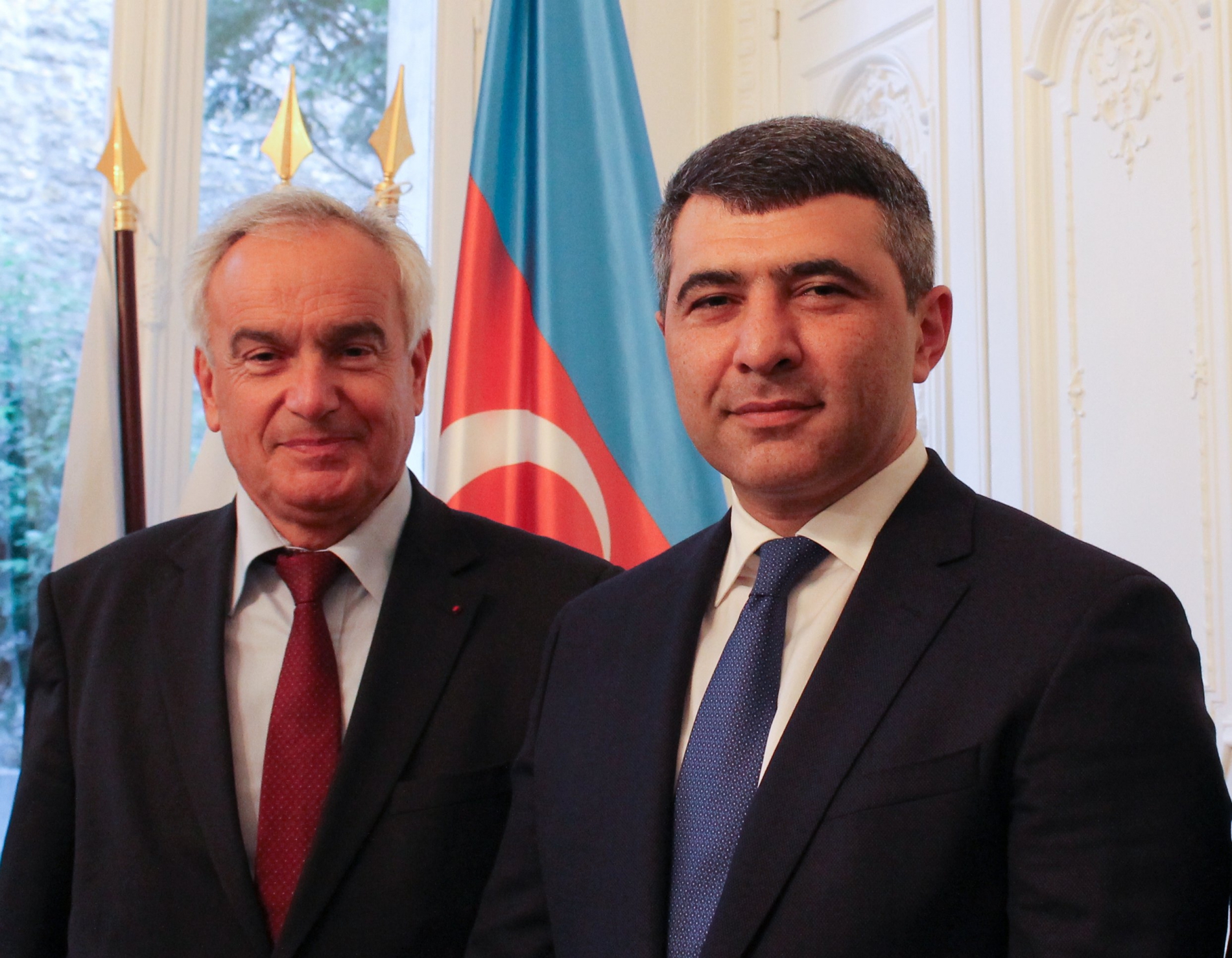
Mr Inam Karimov addressed the importance of reinforcing the close cooperation and communication with the OIV’s experts, the support for the development of the vitivinicultural sector, the participation of Azerbaijani students at different levels of education and of the grants offered by the OIV.
On the occasion of the tasting, Mr Elchin Matadov, President of the Wine Producers and Exporters Association recalled the history of viticulture in his country and its current development, with 500 to 800 hectares planted annually.
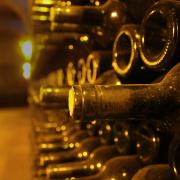
With 282 million hectolitres (mhl), 2018 vitivinicultural production is one of the highest since 2000.
- In Europe: Italy (48.5 mhl), France (46.4 mhl) and Spain (40.9 mhl) recorded very high production levels. Germany (9.8 mhl), Romania (5.2 mhl), Hungary (3.4 mhl) and Austria (3.0 mhl) have also forecasted harvests above their 5-year averages. Portugal (5.3 mhl) and Greece (2.2 mhl) were the only countries to see a decrease in production compared with 2017.
- Production levels in the United States (23.9 mhl) have remained stable for 3 years.
- In South Africa, drought significantly impacted 2018 production (9.5 mhl).
- South American production levels were very high. In Argentina (14.5 mhl) vinified production increased by 23% compared with the previous year, and in Chile (12.9 mhl) it grew by 36%. Brazil (3.0 mhl) reached a high level, even if its production fell compared with the very strong 2017 production.
- Australian wine production (12.5 mhl) declined compared with that of the previous year and New Zealand production (3.0 mhl) remained at a very high level.